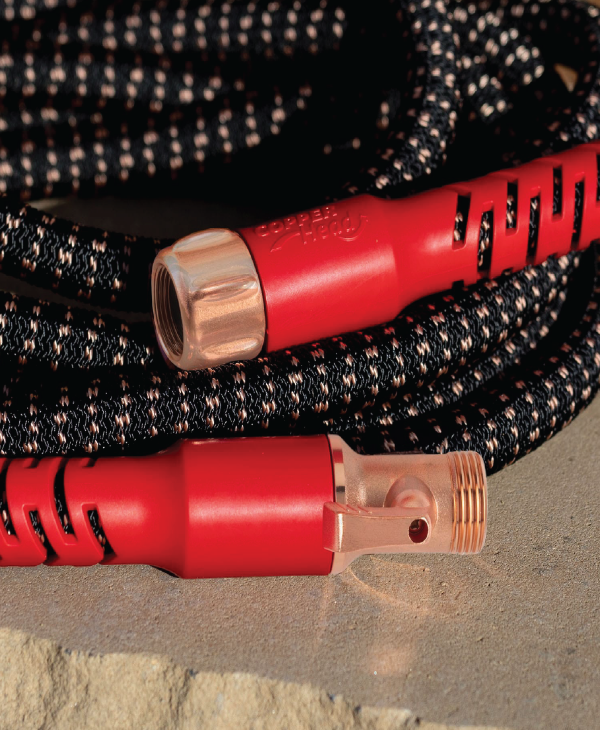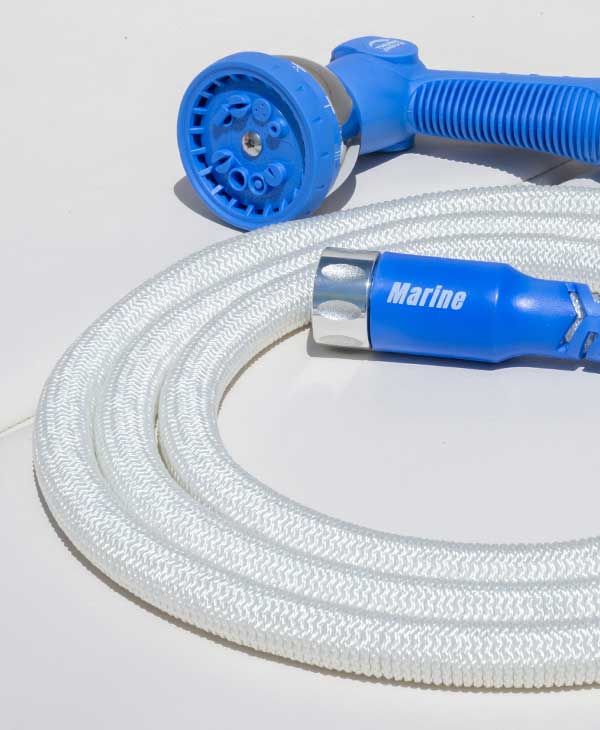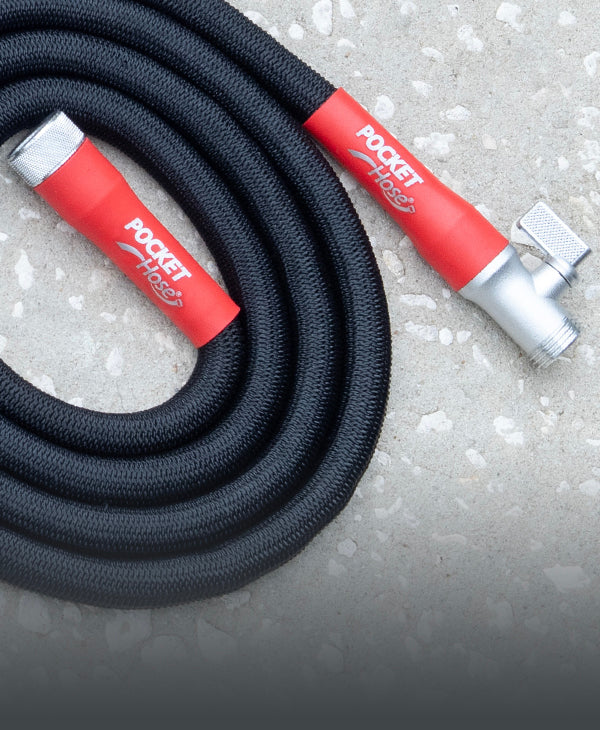Achieving a lush, vibrant lawn is a common desire among homeowners, but the process can often seem unattainable. In light of growing environmental awareness, there has been a notable shift towards embracing natural lawn care practices. These methods create a safer environment for your family and pets, creating a visually stunning lawn that will envy your neighbors. Let's explore a range of effective, eco-friendly tips for nurturing a lush lawn, delve into natural lawn care techniques, and uncover various lawn maintenance hacks to assist you in cultivating the perfect green space.
Understand Your Lawn
The foundation of natural lawn care begins with a deep understanding of your lawn's specific needs. Different types of grass have varying requirements for sunlight, water, and nutrition. Identifying your grass type to accurately tailor your care routine is essential. Additionally, thoroughly analyzing your lawn's soil type is crucial. Soil tests can provide valuable insights into the pH level and nutrient content, enabling you to make informed decisions about the natural amendments needed to enhance soil health and promote a thriving lawn.
Natural Lawn Fertilization
Proper fertilization is crucial for maintaining a healthy and vibrant lawn. When considering fertilizers, it's important to be mindful of their potential impact on the environment and human health. Chemical fertilizers, while effective in promoting rapid growth, can leach into water sources and harm beneficial microorganisms in the soil. In contrast, organic fertilizers derived from natural sources such as compost, manure, or bone meal offer a more sustainable and environmentally friendly alternative. These organic options release nutrients slowly over time, promoting steady and balanced growth while minimizing the risk of nutrient runoff. Additionally, they contribute to improving soil structure and fostering the growth of beneficial microbial communities, creating a more resilient and healthy lawn ecosystem. By choosing organic fertilizers, you not only support the long-term health of your lawn but also contribute to the overall well-being of the environment.
Composting
To create an effective compost pile, gather various kitchen scraps such as fruit and vegetable peels, coffee grounds, and eggshells. Combine these with yard waste, such as grass clippings, leaves, and small branches. Consider adding other organic materials like shredded newspaper, straw, or even cardboard. This diverse mix will create a rich, natural fertilizer to enhance soil quality significantly. The compost will introduce essential nutrients to the ground, fostering a healthier and more resilient lawn by improving soil structure, increasing moisture retention, and promoting beneficial microbial activity.
Watering Wisely
Efficient watering is a cornerstone of natural lawn care. Over-watering can lead to shallow root systems, making your grass susceptible to drought and disease. Conversely, under-watering can stress your lawn, leading to brown, patchy areas. Aim for a deep, infrequent watering schedule that encourages roots to grow deeper, seeking moisture from the soil. The best time to water your lawn is early morning, which reduces evaporation and fungal growth.
Mowing Matters
Regular mowing is an essential part of lawn maintenance that keeps your lawn looking neat and well-kept and plays a vital role in encouraging denser growth, contributing to the lush appearance you desire. It's important to mow your grass regularly, but avoid cutting it too short. Allowing the grass blades to remain taller provides multiple benefits, such as shading the soil, which reduces water evaporation and helps prevent weeds from taking hold.
Mulching Mower
Consider investing in a high-quality mulching mower designed to finely chop the grass clippings into small pieces and disperse them back onto the lawn. This simple switch in mowing technique can significantly benefit your lawn in multiple ways. The finely chopped clippings act as a natural fertilizer, returning valuable nutrients to the soil. This process can help improve your lawn's overall health and appearance by promoting healthier grass growth, reducing the need for chemical fertilizers, and retaining moisture in the soil. Additionally, the mulched clippings help to reduce the amount of yard waste that needs to be disposed of, contributing to a more sustainable lawn care practice.
Weeding Naturally
Weeds are common in lawns and gardens, but natural and effective methods exist to control them without using chemical sprays. Physical removal is one of the most effective ways to deal with weeds. Pulling out the weeds by hand or using a weeding tool ensures that they don't compete with your grass for essential nutrients.
If you're looking for a less labor-intensive approach, you can explore natural herbicides based on ingredients such as vinegar or corn gluten meal. These natural herbicides can help suppress new weed growth without causing the negative environmental and health impacts associated with synthetic herbicides. By choosing natural alternatives, you can maintain a healthy and vibrant lawn or garden while minimizing the use of harmful chemicals.
Aeration
Soil compaction is a common issue that can significantly hinder the growth of your lawn by restricting the movement of air, water, and nutrients to the roots. Aerating your lawn is a crucial practice involving creating small soil perforations to alleviate compaction. This process can be done manually using a garden fork for smaller areas or a specialized aeration tool for more extensive lawns. Aeration improves overall soil structure, enhances drainage, encourages more profound root growth, and facilitates the effective penetration of organic fertilizers and nutrients into the soil, promoting a healthier and more vibrant lawn.
Overseeding
As lawns age, even the most well-maintained ones can develop thin or patchy areas. Overseeding involves spreading grass seeds over the existing turf, which helps fill in bare spots, increases lawn density, and introduces more resilient grass varieties. Fall is generally considered the optimal time for overseeding because the soil is still warm, creating favorable conditions for seed germination, while there is reduced competition from weeds. By overseeding in the fall, homeowners can give their lawns a better chance to establish healthy new growth before winter.
Natural Pest Control
Pests can wreak havoc on your lawn, but immediately turning to chemicals is unnecessary and harmful. Instead, focus on cultural practices to create an unfavorable environment for pests. Proper mowing, watering, and fertilization inherently reduce stress on your lawn, making it less vulnerable to pest attacks. For targeted pest issues, investigate natural remedies and biological controls, such as introducing beneficial nematodes that prey on lawn-damaging insects.
Celebrate Biodiversity
Incorporating a diverse selection of plant species into your yard can have numerous positive effects on the health and appearance of your lawn. By including a wide variety of native plants, wildflowers, and even clover in your landscape, you can create an environment that attracts a rich diversity of pollinators and beneficial insects, such as bees, butterflies, and ladybugs. This, in turn, can lead to a more resilient and thriving ecosystem with improved pest control and pollination.
Clover, for instance, is a remarkable addition to any lawn. It can naturally fertilize the soil by fixing atmospheric nitrogen, reducing the need for additional chemical fertilizers. Clover's dense root system also helps improve soil structure, increase water retention, and outcompete weeds, contributing to your lawn's overall health and appearance.
Final Thoughts
Adopting natural lawn care practices makes achieving a healthy and vibrant lawn possible without harsh chemicals or excessive labor. By implementing techniques such as proper mowing, watering, and soil maintenance, you can create an outdoor space that not only enhances the beauty of your property but also promotes the well-being of your family, pets, and local wildlife.
Transitioning to a natural lawn is a gradual process that demands patience, persistence, and a willingness to experiment with different methods. It's important to understand that the transformation won't happen overnight, but the rewards of a lush, eco-friendly lawn will make the journey worthwhile. With a careful balance of natural lawn care tips, sustainable lawn maintenance practices, and a willingness to learn and adapt, you can create the green oasis of your dreams right in your backyard.






Leave a comment
This site is protected by hCaptcha and the hCaptcha Privacy Policy and Terms of Service apply.